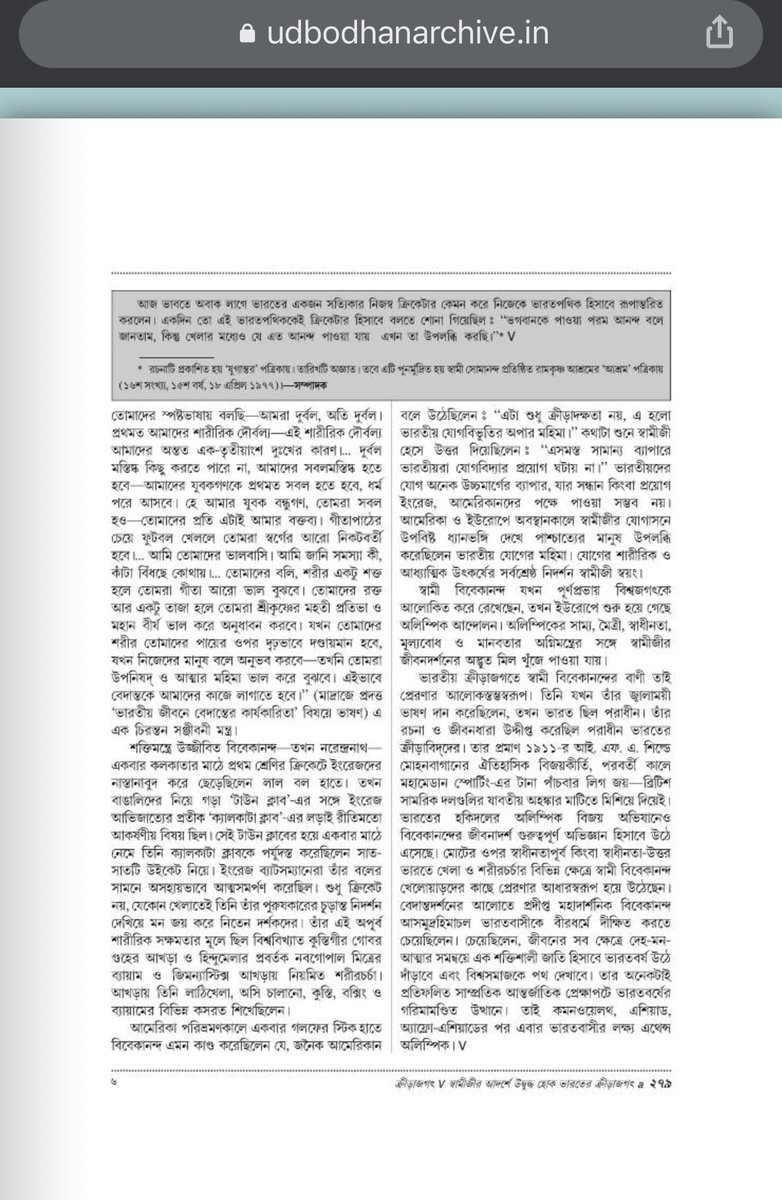
Chandragupta Maurya’s Liberation of North Western Bharat – Punjab and Sindh from Yavana occupation : a #thread
Three and a quarter centuries BCE. Punjab and Sindh to NW of Bharat had been overrun by the Yavanas. 1/n
Three and a quarter centuries BCE. Punjab and Sindh to NW of Bharat had been overrun by the Yavanas. 1/n
When most Bharata janapadas looked the other way, a Brahmana acharya from Takshashila observed how a foreign conqueror drained the country of its wealth (apavdhayati) and squeezed out as much as possible by exaction and taxation (karshayati). 2/n
Finding the perfect foil to carry out his mission to liberate Bharat from alien domination in a young boy, he took him under his wings educating him in arts, sciences and warfare in Takshashila. The young boy then set out to carefully mobilize military resources 3/n
to purge the country of foreign occupation and awaken its spirit of resistance in a national struggle for freedom.
The Pali work Mahdvamsatika describes how the Brahmana and his boy recruit set out for collecting recruits (balam) from different places until they were made .. 4/n
The Pali work Mahdvamsatika describes how the Brahmana and his boy recruit set out for collecting recruits (balam) from different places until they were made .. 4/n
into a large army (mahdbala- kayam). The military potentialities of the republican people of the Punjab like Astakenoi, Oxydrakai or Malloi who fought Alexander tooth and nail but whose resistance failed of proper leadership and organization was known to the boy. 5/n
The young boy recruited from five classes; (1)Choras or Pratirodhakas of the day, robbers and bandits, (2)Mlechchhas such as Arthasdstra, army of Kirata highlanders, (3)Choraganas organised gangs of brigands, (4)Atcivikas, foresters, & (5) Sastropajivi-Srenis warrior clans. 6/n
The Mudrarfikshasa as well as Jain Parisisktaparvan refers to Chandragupta's Himalayan king Parvataka. This Himalayan alliance gave to Chandragupta a composite army made up of Sakas, Yavanas, Kiratas, Kambojas, Parasikas and Balhlkas, as stated alliance in the Mudrarakshasa. 7/n
Position of Greeks in Punjab was getting difficult: Alexander's own followers refused to follow him beyond the Beas. Kandahar rebelled under an Indian chief. The Assakenoi killed the Greek Nicanor. Then followed assassination, in 325 B.C., of Philippus, satrap in the ..8/n
Upper Sindhu valley, held the key-position of Greek rule in the country. Next Alexander died in 323 B.C., leading to the disruption of his empire. The boy recruit took full advantage of the situation.
The two intervening years, 325-323 B.C., 9/n
The two intervening years, 325-323 B.C., 9/n
between the death of Philippus and Alexander, were eventful years of his preparation for the final blow.
His work is summed up by Latin historian Justin: “India, after the death of Alexander, had shaken off the yoke of servitude and put his governors to death. 10/n
His work is summed up by Latin historian Justin: “India, after the death of Alexander, had shaken off the yoke of servitude and put his governors to death. 10/n
The author of this liberation was Sandro-cottos." This Sandrocottos was no other than Chandragupta or Chandragupta Maurya, the boy recruit of his mercurial acharya Kautilya / Chanakya / Vishnugupta. 11/n 

A careful analysis of the details given by Justin indicates Chandragupta, having collected an army, first installed himself as king. He then fought with the prefects of Alexander and defeated them.
This task was not probably completed before 317 BCE. 11/n
This task was not probably completed before 317 BCE. 11/n
Chandragupta begun the war of liberation in Lower Sindhu valley, before 321 or 323 BCE. (his date of accession provisionally fixed at 324 BCE.) He arose like the great avenger to whose strong arms “the earth long harassed by outlanders now turned for protection and refuge." 12/n
He ably fulfilled his task. Justin indicates that Macedonian prefects who still held their posts were ruthlessly put to the sword. This refers to a ruthless war to the finish between Chandragupta and the Macedonian army. 13/n
Although details are lacking, it can be accepted as a historical fact that the army of occupation left behind by Alexander was thoroughly defeated by Chandragupta and he made himself master of the Punjab and Sind. 14/n
#OurTrueHistory @ShefVaidya
#OurTrueHistory @ShefVaidya
@threadreaderapp compile
• • •
Missing some Tweet in this thread? You can try to
force a refresh






